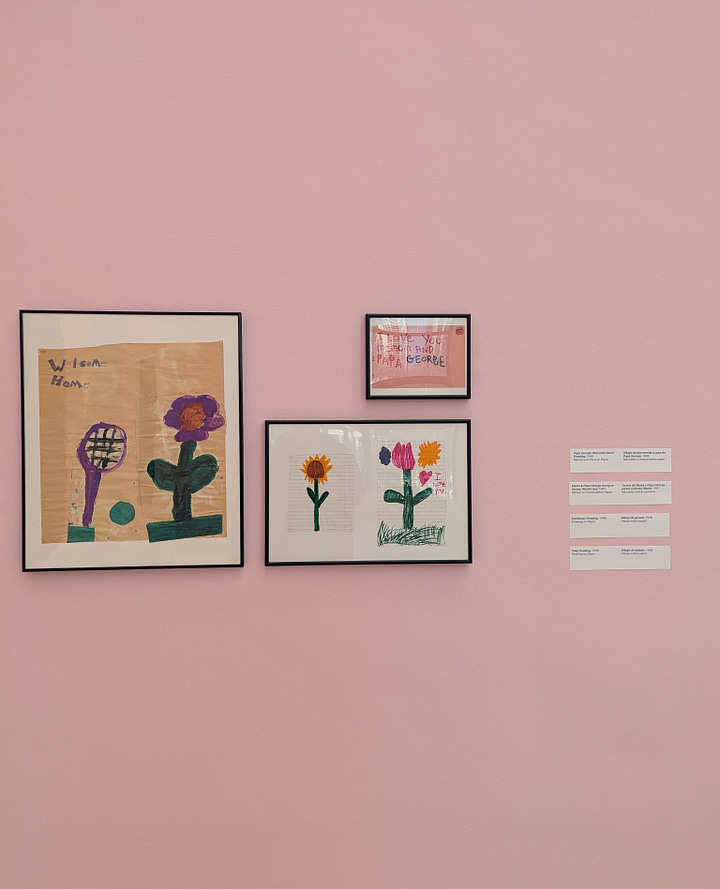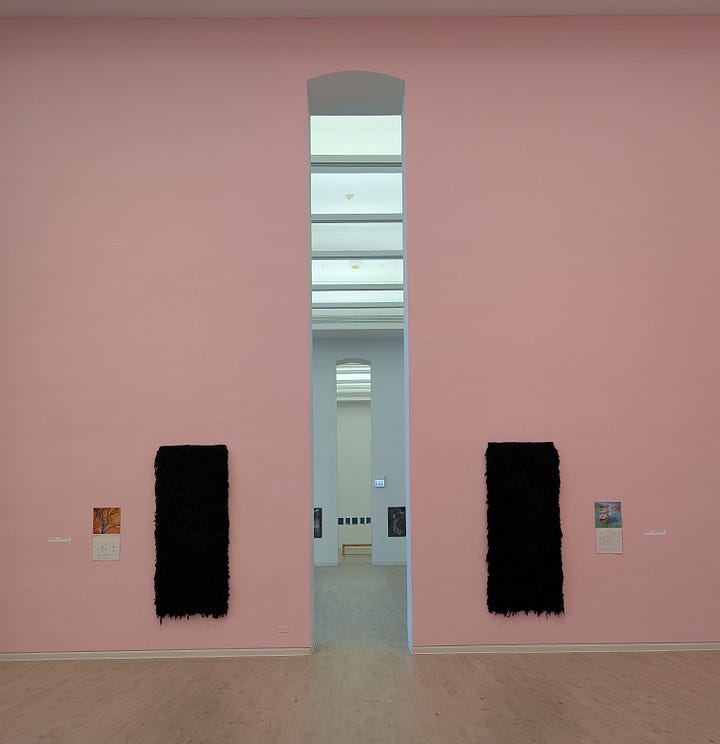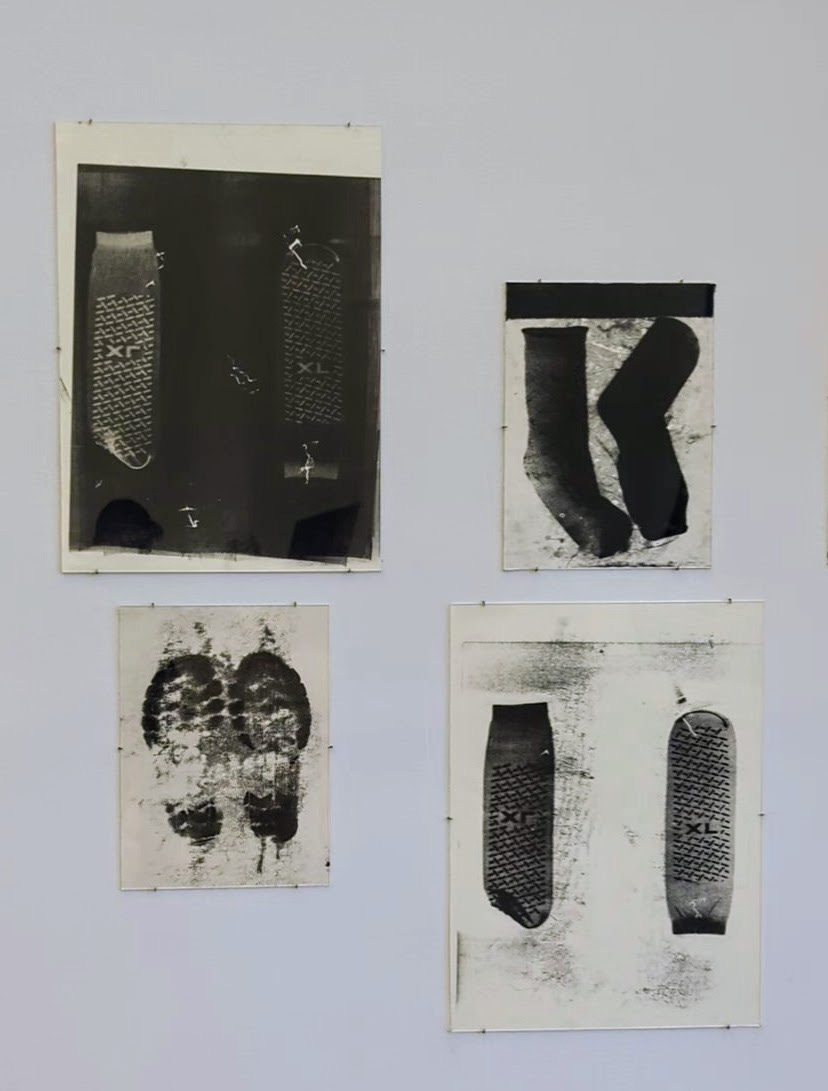Artist Bryana Bibbs on love, loss, and ancestry
"Bryana Bibbs: Two hundred and fifty one days" at the Chicago Cultural Center
Come for the world’s largest Tiffany stained glass dome; stay for best-curated art in Chicago! We cannot stress enough how amazing the exhbitions are at the Chicago Cultural Center. An exhibition that opened earlier this month is no exception.
"Bryana Bibbs: Two hundred and fifty one days" is the artist’s solo exhibition exploring "loss, ancestry, time, and memory." The reference to 251 days is the time that transpired between the death of Bibb's grandfather and the death of her grandmother. Shortly before her grandfather's death, Bibbs and her mother moved into the family home to care for them, and the exhibition explores that love, and that loss.
Hung in the premiere Chicago Rooms, on the second floor north, the exhibit fills the three rooms. The first is painted a pale Pepto-Bismol pink (Priscilla pink) the color of her grandparent’s front room. There are "pictures" that Bibbs made as a child, and presumably gifted to her grandparents, as well as large scale weavings, representing the doors behind which each died.


As someone unfamiliar with her work before this exhibit, it’s clear that weaving and textiles are integral to Bibbs’ artistic practice. The pieces in the last and final gallery also focus on weaving—using everyday materials that Bibbs found at her grandparents’ home and took apart, including hospital blankets, tennis balls, and decks of cards. These pieces are far less gimmicky than that description indicates. The video below captures all of them.
The real gems in the exhibit are in the middle room. There you find pressure printed monotypes of everyday items of her grandparents. The stark and ghostly black and white images of no-slip hospital socks, adult bibs, back braces, t-shirts, and hospital gowns carry an emotional wallop.
The ethereality and absence I felt when viewing those images—works of art of everyday items—created a true sense of loss, the impermanence of life. But those images also conveyed the true importance of life, of taking care of your family, spending time with your elderly grandparents. Ancestry.




